On August 28th- our last official day of class, we met at the Leopold Museum for our final Dr. O tour. I was sad because Dr. O is so entertaining and I love learning about art history through her animated lectures and story telling. The museum was built specifically for the collection that Dr. Leopold and his wife had accumulated over the years, which filled up three stories worth of art. He started collecting in the 50's when prices of paintings were fairly lower in the post-war years. Dr. Leopold aimed to create a modern museum where young people can be exposed to great art. He even resorted to edgy marketing and the museum has a modern feel to it. We first looked at the Gustav Klimt exhibit, where Dr. O gave us some detailed information on his life and art. She explained that he lived with his lover and friend Emilie Fluger who was also an edgy fashion designer. She was Klimt's "muse" and one of the many woman that contributed to his fascination with the feminine mystique. After he retreated from the 'Academic Style' of the Ringstrausse when his ceiling paintings were rejected by the University, he began doing portraits of wealthy aristocrats, then broke off further and entered his 'gold' phase. The paintings of Law, Medicine, and Philosophy that he created for the University won first prize at a Paris art show after being rejected by the more conservative Vienna. One Klimt that we looked at closely was called "Death and Life." There is a figure of death on the left hand side which is a dark, shadowy, skeletal figure that came through to me as sneaky, playful, curious, and even envious of the lively, colorful, living people on the right who were intertwined in a mess of colors and purity. In the group on the right there are women at the top, a peaceful baby, and girls floating on the side (that were added 5 years later and have a sloppier look to them.) There is an older woman and two lovers who appear to be aware of death, as if it is somehow close to them. The left row of figures who were added years later appear to be different because they are looking at the audience- therefore drawing us into the painting.
The next artist we looked at was Koloman Moser- who made furniture, stained glass, and helped design the church of an isane asylum. Moser created my favorite work of art in the entire museum which immediately caught my eye: "Looking Towards the Rax." This painting was inspired by the alps which weeks before, I was deep in the heart of. We didn't even talk about this painting as a class, or even acknowledge it, but it moved me more than any painting Dr. O showed us that day in the Leopold Museum. There are incredibly vibrant, deep blues and greens which depict alpine trees in the foreground and the ominous alps in the background. We didn't even go over this painting or so much as hesitate to look at it, yet it was one of my favorite paintings i saw in the entire museum.
The next artist we focused on was Egon Scheile (1890-1918). This artist witnessed his father with syphallus who refused all medication and died a slow, painful death. Because of this experience, Scheile became obsessed with death and decay as a painful yet realistic aspect of life. Scheile went to art school but was kicked out for painting rude, explicit, even pornographic images- and he never graduated. Klimt became his mentor right around 1907, yet he was completely overtaken by his own life and the experiences that scarred him. Scheile painted many images of "the blind mother" when his own mother was metaphorically blinded by his own hopes, wishes, and dreams of artistic fame. "The Cardinal and the Nun" was one painting by Scheile that was inspired by "the Kiss" yet entirely different. The painting is of a woman and man kneeling, embracing one another, yet they look guilty as if they have just been caught in the act of passion. The painting is filled with dark colors which represent a red cloak from the cardinal and the black outfit of the nun. If you seperate the two figures from one another, they are both in prayer, which may or may not be a jab at the Catholic church.
Wednesday, September 10, 2008
Subscribe to:
Post Comments (Atom)
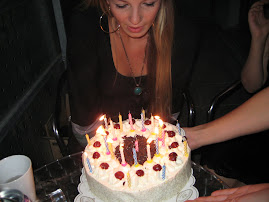

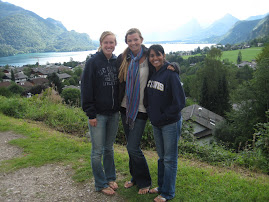
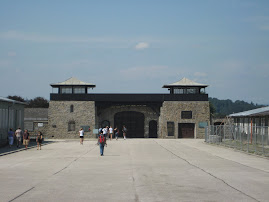
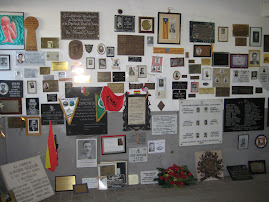
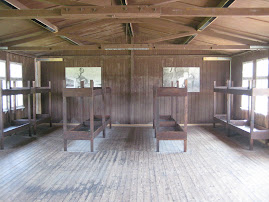
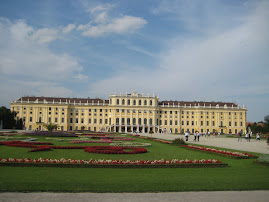
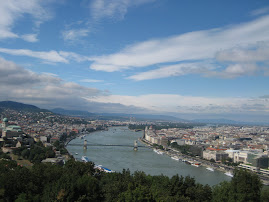
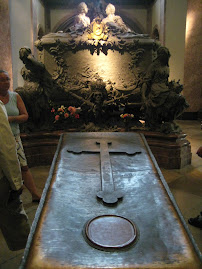
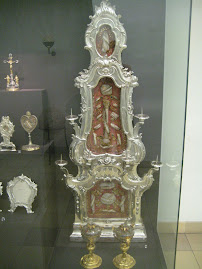
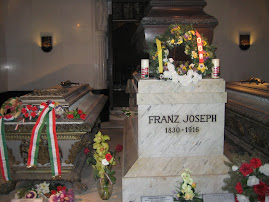

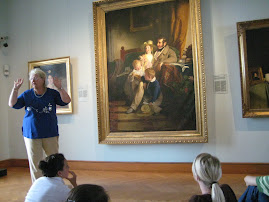
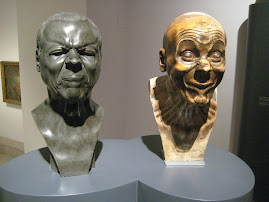
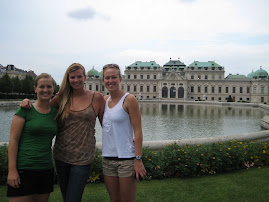
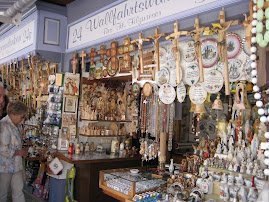
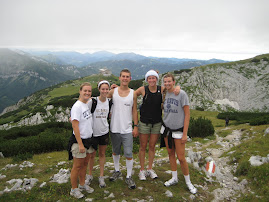
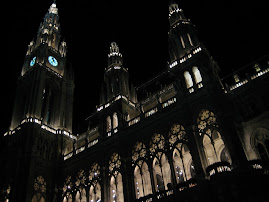
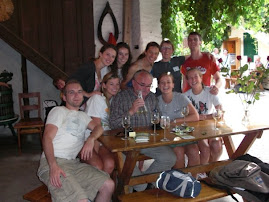
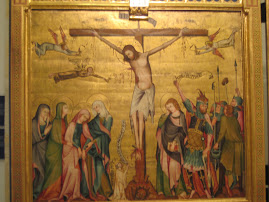
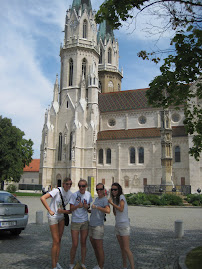
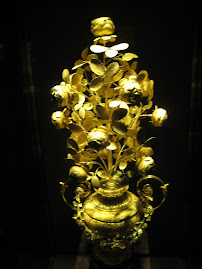
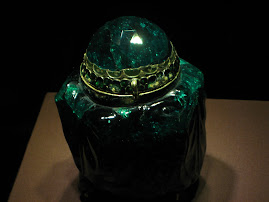
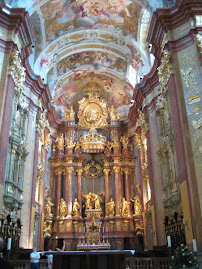
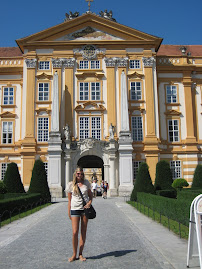
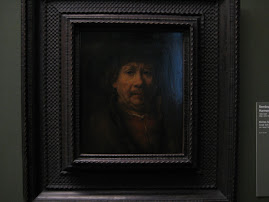
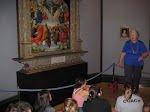
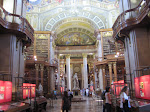
No comments:
Post a Comment